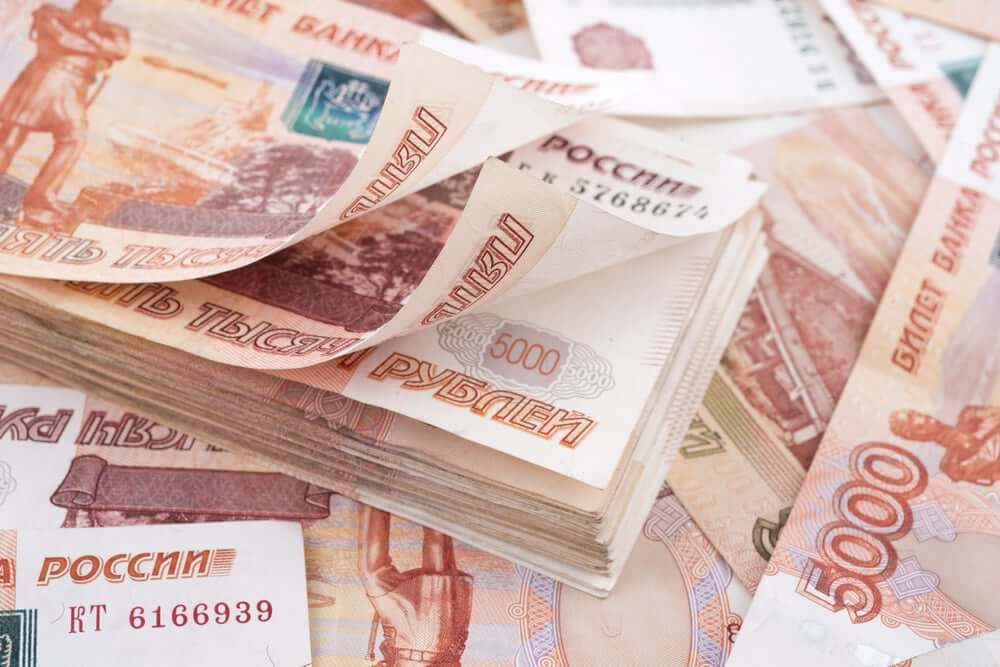
Russian rouble stabilizes
The Russian rouble stabilized in early Moscow trade on Thursday, ahead of the first talks between Russia’s and Ukraine’s foreign ministers since Russia’s invasion of Ukraine two weeks ago.
The rouble traded at 120.1 per dollar RUBUTSTN=MCX, barely changing from Wednesday’s close of 120.0. It was 0.8 percent weaker against the euro, at 128.0 EURRUBTN=MCX.
Since Russia’s incursion into Ukraine on February 24, the Russian currency has plummeted, prompting the West to impose severe economic sanctions. In Moscow on Wednesday, it crossed the 120-dollar threshold for the first time and hit a record low of 131 against the euro.
Sergei Lavrov and Dmytro Kuleba, top Russian and Ukrainian diplomats, are scheduled to meet later in the day in Turkey.
Kuleba has stated that he has low expectations for the talks because Ukraine is seeking a ceasefire, the liberation of its territories, and the resolution of all humanitarian issues.
Moscow demands that Kyiv adopt a neutral stance and abandon its ambitions to join the NATO alliance. A Russian negotiator declared late Wednesday that Russia’s delegation “will not concede a single negotiating point” in talks with Ukraine.
In an emergency move, the central bank has also more than doubled its key interest rate to 20% and imposed capital controls to preserve valuable foreign currency. The Kremlin warned the US on Wednesday that it was considering its response to a Russian oil and energy ban.
Euro falling
The euro will fall to parity or even below the US dollar for the first time in about two decades.
According to Georgette Boele, a senior currency strategist at the Dutch lender, the decline in European currencies such as the euro, Swedish krona, and Polish zloty will continue. Physical supply disruptions in critical commodities will worsen in the coming months, affecting the eurozone economy disproportionately and delaying European Central Bank tightening.
Currency options suggest that the euro will reach parity with the dollar before the end of the year. Europe has borne the brunt of the significant currency sell-off, with the euro, Swedish krona, and British pound performing the worst over the last month. It reflects the continent’s economic shock, which relied on Russian commodities, raising the risk of stagflation.


